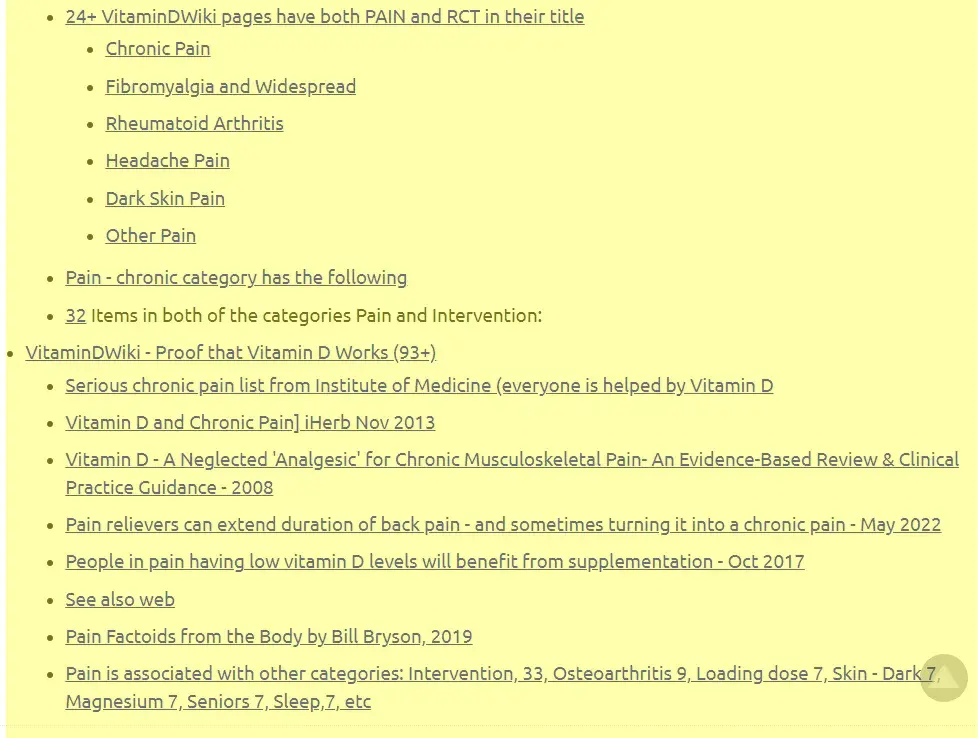60% people surveyed with rheumatic conditions are switching to medical cannabis
Cannabis Often Used as a Substitute for Traditional Medications MdEdge
Overall, 62.5% reported substituting medical cannabis for certain medications, including
NSAIDs (54.7%),
opioids (48.6%),
sleep aids (29.6%),
muscle relaxants (25.2%),
benzodiazepines (15.5%), and
gabapentinoids (10.5%).
The most common reasons given for substituting medical cannabis were
fewer side effects (39%),
better symptom control (27%), and
fewer adverse effects (12%).
Participants who substituted medical cannabis reported significant improvements in symptoms such as pain, sleep, joint stiffness, muscle spasms, and inflammation, and in overall health, compared with those who did not substitute it for medications.
The substitution group was more likely to use inhalation methods (smoking and vaporizing) than the nonsubstitution group; they also used medical cannabis more frequently and preferred products containing delta-9-tetrahydrocannabinol.

Reference
Substituting Medical Cannabis for Medications Among Patients with Rheumatic Conditions in the United States and Canada September 2024
📄 Download the PDF from Vitamin D Life
% of states where Cannabis is legal: 96% medical, 48% recreational (Nov 2024)
- Doctors cannot technically "prescribe" cannabis because it remains a Schedule I drug under federal law1. Instead, they provide a "recommendation," "certification," or "statement" that grants patients legal access to cannabis dispensaries
A portion of Cannabis, CBD, relieves pain without getting high
97,900 instances of (Cannabidiol OR CBD) and Pain in Google Scholar (Nov 2024)
Patient-Reported Outcomes of Pain, Stiffness, and Fatigue Reduction in Rheumatoid and Psoriatic Arthritis With Cannabinoid Use - Oct 2024 10.7759/cureus.72366 FREE PDF
Substituting Medical Cannabis for Medications Among Patients with Rheumatic Conditions in the United States and Canada - Sept 2024 FREE PDF
An open-label feasibility trial of transdermal cannabidiol for hand osteoarthritis - May 2024 FREE PDF
Vitamin D, a great pain reliever, and is available over-the-counter in all 50 states and virtually all countries
- Overview Pain and Vitamin D table of contents as of Nov 2024

What is the definition of a rheumatic condition? - Asked Perplexity AI Nov 2024
A rheumatic condition is a complex group of disorders that primarily affects the musculoskeletal system.
Here's a comprehensive definition:
Rheumatic conditions are disorders that cause chronic, often intermittent pain affecting the joints, muscles, bones, and connective tissues
These conditions encompass more than 200 different diseases and can be inflammatory, autoimmune, or degenerative in nature
Key Characteristics
They typically affect joints, tendons, ligaments, bones, and muscles
Can cause inflammation, tissue degeneration, and autoimmune dysfunction
May also impact internal organs and other body systems
Often involve systemic inflammation and immune system dysregulation
Common Features
The primary symptoms of rheumatic conditions include:
Joint pain, soreness, and tenderness
Inflammation, swelling, and warmth in affected areas
Morning stiffness and limited joint motion
Chronic fatigue
Symptoms that fluctuate with weather conditions
Scope
In the United States alone, rheumatic conditions affect approximately:
54 million adults
300,000 children
The term "rheumatism" itself comes from the Late Latin "rheumatismus" and Greek roots meaning "to suffer from a flux," historically referring to the belief that these conditions were caused by the flow of bodily fluids into joints
Most Rheumatic Conditions are treated by Vitamin D
Autoimmune Rheumatic Diseases
Rheumatoid Arthritis (RA) - affects approximately 1.3 million people in the U.S.
Scleroderma ( Systemic Sclerosis )
Dermatomyositis/Polymyositis
Mixed Connective Tissue Disease
Inflammatory Arthritis
Psoriatic Arthritis
Reactive Arthritis
Infectious Arthritis
Vascular Rheumatic Diseases
Degenerative Conditions
Osteoarthritis - affects about 32.5 million adults in the U.S.
Tendinitis
Other Rheumatic Conditions
Polymyalgia Rheumatica
Inflammatory Eye Disease
Autoimmune-related Lung Disease
